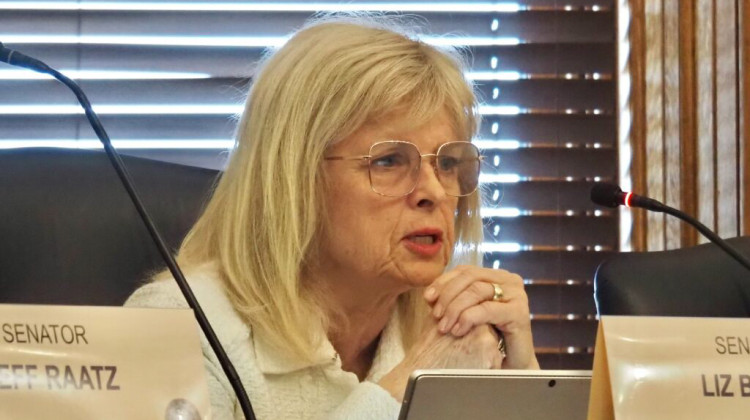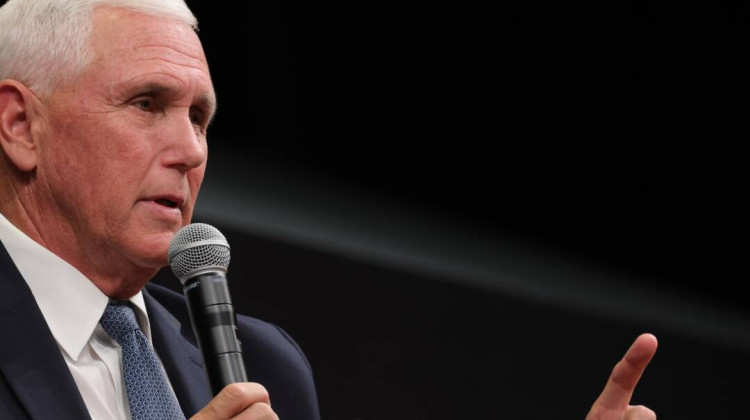A new consumer food survey from Purdue University shows that families haven’t scaled back yet on their grocery purchases as food prices remain high.
Purdue has conducted a monthly survey since January of over 1,000 consumers across the U.S. In May, consumers paid 7 percent more for groceries compared with April.
Jayson Lusk, head and distinguished professor of agricultural economics at Purdue, said that shows buyers haven’t begun changing their habits to lower the grocery bill…yet.
“There are a couple of measurements we’re watching to get a sense of whether consumers are shifting towards a more recessionary mindset. One question would be – are you buying branded vs. generic?” he said.
Other factors, like the level of food insecurity, have also stayed steady. Currently, some 16 percent of households are food insecure.
“At the moment, we’re not seeing big movements there. For now the story – despite the fact that prices are higher and nobody likes that – I think on average in the economy, consumers seem to be getting along okay and not acting like they’re in a pinch just yet,” he said. “But I think there are some reasons to watch that and how the economy may be going and if the good times will continue.”
Other findings from this month's survey outline the amount of food disparity along racial lines. Lusk said that Black and Hispanic consumers were two times as likely to experience food insecurity compared with white and Asian households.
“It’s probably a result of a variety of reasons, including income differences… where you’re living, access to grocery stores, things like that,” he said. “Fairly large differences if one wants to identify where are those households where we’re seeing signs of hunger problems.”
 DONATE
DONATE








 Support WFYI. We can't do it without you.
Support WFYI. We can't do it without you.